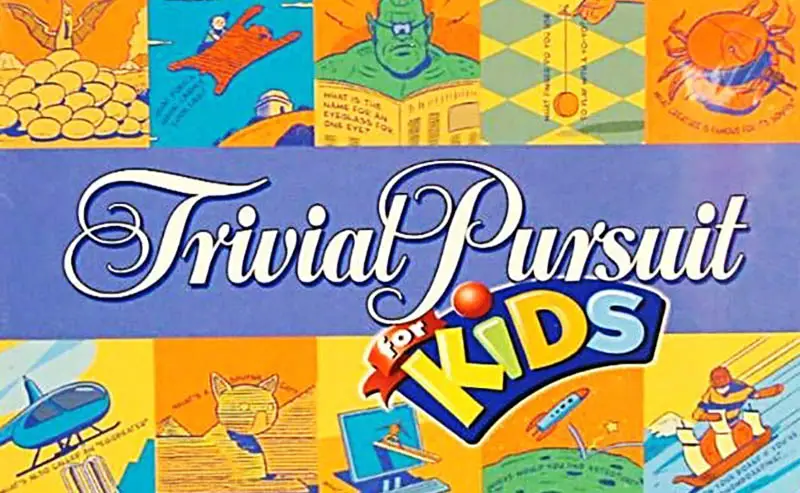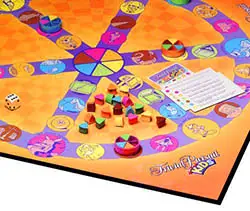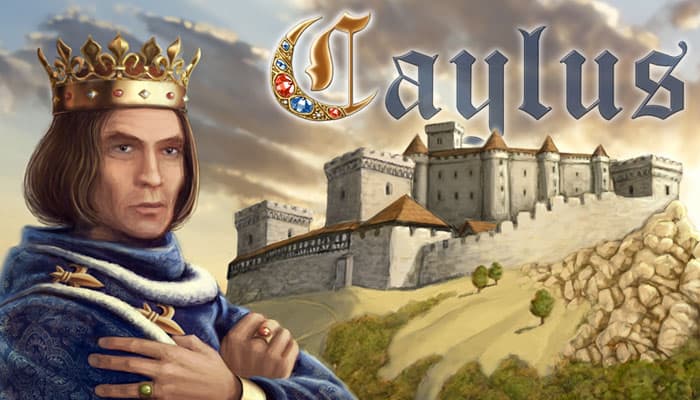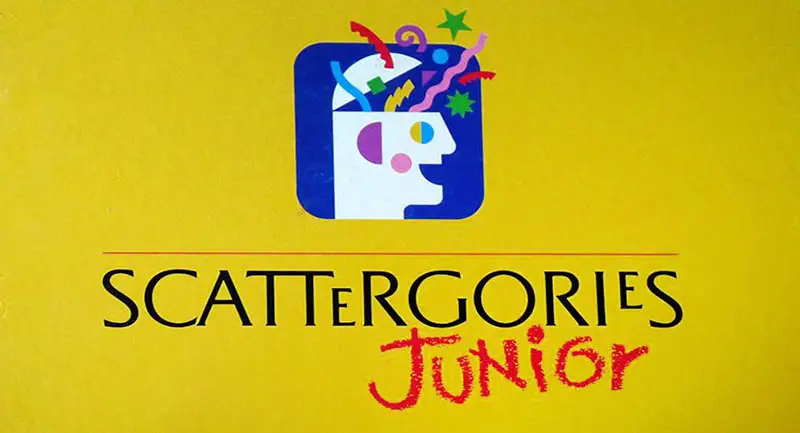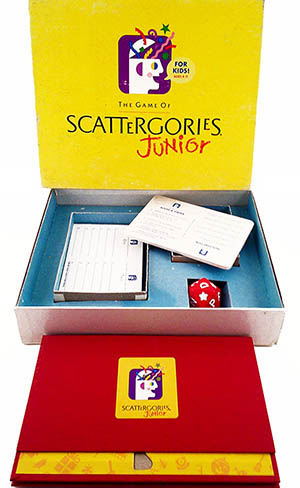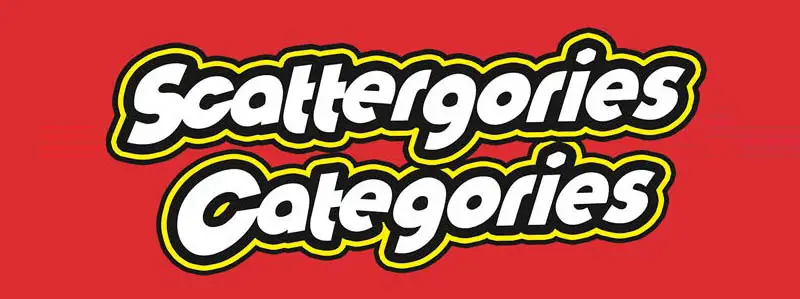
In The Gallerist, each Player tries to gain as much money as possible, and thus win the game. Over the course of the game, Players will discover Artists, commission them to create a Work of Art, and invest in them to make them more famous.
They will buy Works of Art, exhibit them in their Gallery, and possibly sell them. They will hire Assistants and use them in the International Market to increase Reputation and bid for auctioned Art. At the end of the game, Players also score additional money for completing the goals of their Curator and Art Dealer cards. …













